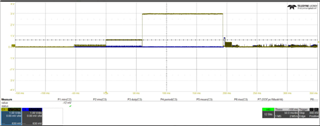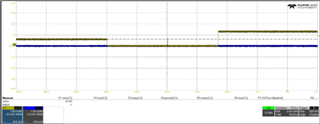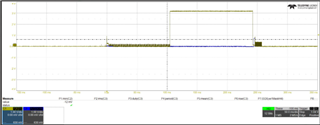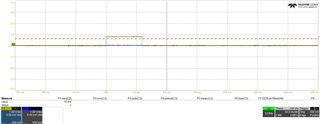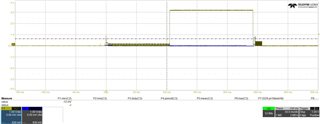Tool/software:
Good afternoon TI Support team & All,
We need assistance asap.
We were using P/N: ADUM4160BRIZ-RL from Analog Devices.
We changed to the TI P/N: ISOUSB211DPR when it became available at the recommendation of our Sales Rep and TI.
We have implemented the part into our power supply design.
We have begun our testing and found the following:
Description of issue:
When our device is powered on with a USB-C connection to a computer in place before powering the device on, the devices port does not enumerate on the Windows Computer.
If we turn our device on and then plug in the USB-C cable connected to the computer, the device enumerates as expected.
We need the device to enumerate if the device is turned off and then back on without removing the USB-C cable connection and reinserting it.
When the USB-C cable is plugged into the device the ISOUSB211DPR will be powered but the device is not fully powered until the power button is pressed.
After pressing the power button, the device boots without issue with exception to it not enumerating as expected.
The prior device enumerated as expected with this scenario.
We are using a USB Kernel within in a Linux environment on the device end.
Experiment:
We pulled the D+ USB line up to 3.3v while the device was fully powered on with the USB-C cable connected to a computer. This allowed the device to enumerate.
How can we accomplish successful enumeration when the device is connected to a computer with a UB-C cable each time the device is power cycled without having to connect to the powered on device.
Thank you in advance.
Willie


